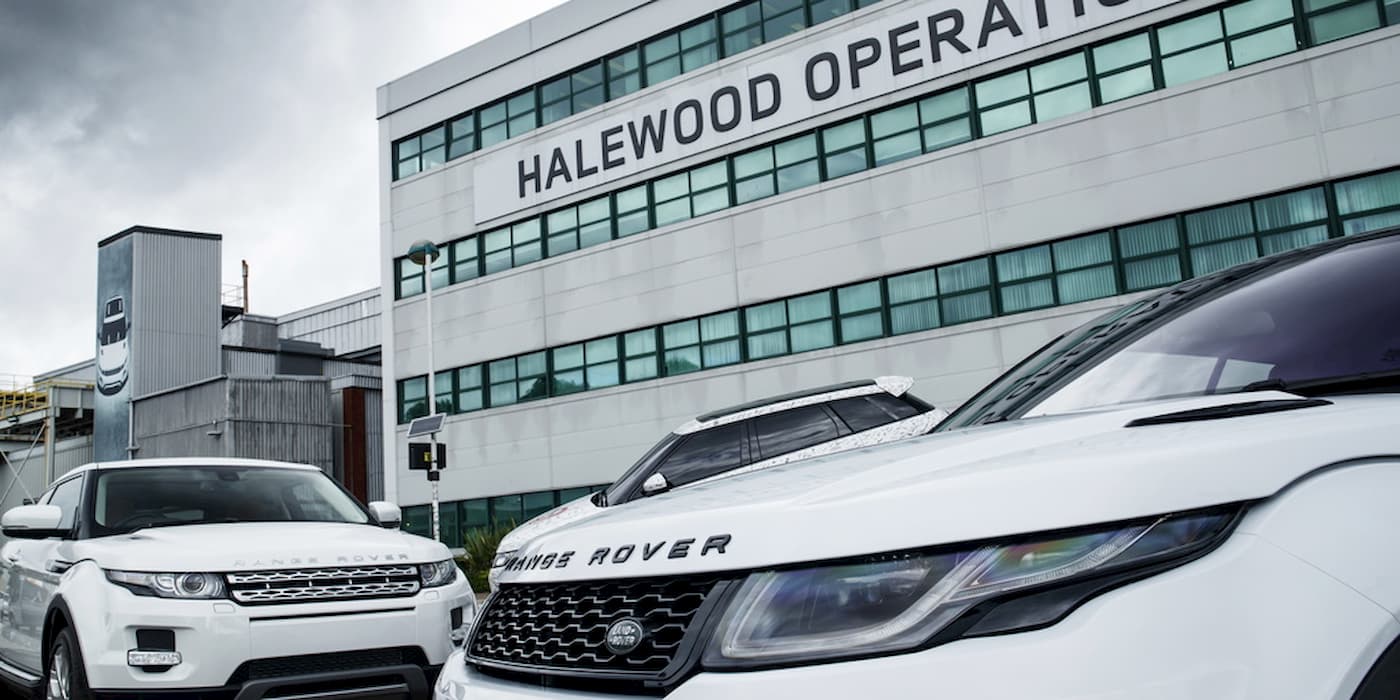Jaguar Land Rover converting Halewood factory to build EVs, saving the factory’s fate

Jaguar Land Rover has begun converting its Halewood plant to support the company’s transition to electric vehicles. After several years of uncertainty, workers at the Halewood plant can finally take a deep breath and, for the rest of us, get ready for the first all-electric Land Rover due in 2024.
The post Jaguar Land Rover converting Halewood factory to build EVs, saving the factory’s fate appeared first on Electrek.
Jaguar Land Rover has begun converting its Halewood plant to support the company’s transition to electric vehicles. After several years of uncertainty, workers at the Halewood plant can finally take a deep breath and, for the rest of us, get ready for the first all-electric Land Rover due in 2024.
The Halewood plant, located on the outskirts of Liverpool, was initially opened by Ford in 1963. The first car to roll off the assembly line was the Ford Anglia, a small sedan that was ahead of its time.
If you are a Harry Potter fan or have watched the movies, you may recognize the Ford Anglia as the “flying car” in the second movie, “The Chamber of Secrets.”
Ford used the plant to produce several models, such as the Corsair, as it became the automaker’s primary European production plant. However, in 2000, BMW broke apart the Rover Group, and Land Rover was sold to Ford, reuniting it with Jaguar, which Ford bought in 1989.
Halewood then went on to produce the Jaguar X-type in 2001, an entry-level luxury model designed to rival BMW and Mercedes-Benz (which didn’t work the way they planned), and in 2007, the first Land Rover LR2 (Freelander) rolled off the line.
In 2008, Ford sold Land Rover and Jaguar to Tata Motors, who combined them to establish Jaguar Land Rover (JLR). The Halewood facility has continued building JLR models ever since.
Ford still has some interest in Halewood as it announced plans to invest $316 million to upgrade the facility and build electric power units for Ford electric vehicles in Europe. The facility is getting another major upgrade as Jaguar Land Rover begins converting the facility to build electric vehicles.
Jaguar Land Rover to convert Halewood to build future electric vehicles
According to a new report from Autocar UK, Jaguar Land Rover is taking its first steps to transform the Halewood facility as the automaker looks to introduce Land Rover’s first fully electric vehicle.
After several rounds of layoffs to finance the automaker’s transition to electric vehicles, employees at the Halewood factory can now look forward to participating in the future of transportation by helping build the next generation of Jaguar Land Rover electric vehicles.
The automaker will build EVs on its new electrified modular architecture (EMA), designed for fully electric vehicles, unlike JLR’s modular longitudinal architecture (MLA) created for larger-sized Land Rover vehicles and hybrids.
The EMA platform is designed to fit any battery according to the automaker. Jaguar Land Rover’s EMA platform is undergoing engineering approval, as the company’s CEO revealed in July.
Halewood’s body shop is also due for an upgrade after documents filed reveal plans to “increase production capacity for new model lines.”
Jaguar Land Rover revealed its global EV strategy “Reimagine” last year, which involves Jaguar becoming an all-electric brand by 2025 (they already have the I-Pace out) and Land Rover to follow with six EVs by 2030, including the first electric Land Rover due in 2024.
FTC: We use income earning auto affiliate links. More.
Subscribe to Electrek on YouTube for exclusive videos and subscribe to the podcast.



